How to Teach Letter Recognition? 10 Strategies That Work
reviewed by Franz Jerby Delos Santos
Updated on November 10, 2025
If you want to teach your child to read, don’t rush through the whole alphabet. Start with just one letter. The magic happens when your child starts to notice letters in books, on signs, or in their own name. It’s when reading suddenly starts to feel exciting. I say this as a reading teacher. I made up this article to show you 10 playful and fun ways how to teach letter recognition.
Key points:
- If you want your child to recognize letters quickly, don’t start with the alphabet! Begin with letters in their name and other ones that stand out to them.
- Make learning letters fun and creative! Sing alphabet songs, write letters in a playful manner, and use magnets or puzzles to help your child with letter identification.
- When do kids start recognizing letters? In most cases, children begin noticing and naming a few letters around ages 3-4.
- Working with a tutor is a useful way to make the first reading steps strong and easy. Brighterly’s reading tutors are truly golden – they know how to help kids fall in love with reading from the very beginning.
At what age should a child recognize letters?
A child should normally recognize at least a few letters around age 3 or 4. By 5 or 6, many can spot most of the alphabet. But don’t stress it, every child moves at their own pace. When teaching letter recognition, the secret is to keep it fun and relaxed.
10 best ways to teach letter recognition at home
- Practicing with a tutor
- Fun worksheets
- Use your child’s name
- Alphabet games with blocks, magnets, or puzzles
- Sensory letter play
- Alphabet songs and rhymes
- Letter of the day
- Reading alphabet books together
- Technology time
- Gentle repetition and daily practice
What is the best way to teach letter recognition?
The best way to teach alphabet recognition is the one your child would enjoy. The magic happens when you mix classic methods, such as learning from books, with creative ones – singing alphabet songs, writing on the sidewalk, or drawing in a notebook. Together, these moments make learning natural and effective.
#1 How to teach your child letter recognition with a tutor
Best for: everyone who needs extra support
Reading is one of the most important skills your child will ever learn. It shapes how they’ll do in school and beyond. If you don’t have much time to teach or simply want those first steps guided by a professional, consider working with a tutor.
A good teacher knows what skills kids are ready for, how to keep them engaged, and which letter recognition activities for preschoolers work best. Just make sure to find someone experienced with little learners – that will make all the difference!
Why teach letter recognition with a Brighterly tutor?
Where can you find a qualified reading teacher, you may ask? I recommend checking out the Brighterly math and reading platform. Their tutors are carefully selected professionals with tons of experience teaching kids – from preschoolers to grade 12 students.
What makes Brighterly special is its 1-on-1 learning format, where all attention is focused on your child. Every lesson, activity, and learning material is fully personalized to match your child’s needs and pace. It’s one of the most fun ways to teach letter recognition, because lessons feel more like play than study, and that’s exactly how children learn best.
Here are some more reasons parents love Brighterly:
- Interactive digital lessons. Brighterly reading program and lessons are packed with fun games, animated slides, learning videos, and real conversations with tutors. Every session feels exciting and keeps your child truly engaged.
- Personalized learning plan. No two programs are the same. This tailored approach is often the best way to teach ABC recognition. Plus, Brighterly’s reading tests help track what your child has learned and make it easy to see progress step by step.
- Flexible schedule. It’s simple – you pick the time that works best for your family. Morning, evening, or weekend lessons are all available.
- Progress tracking for parents. Brighterly tutors stay in touch with parents and share updates after each class. You’ll always know how your child is improving and see real results.
In addition, when your child starts school, Brighterly lessons continue to support their progress. All lessons follow U.S. educational standards, so your little learner builds strong reading skills and literacy that perfectly match what they’ll study in class.
#2 Fun worksheets: How to teach letter recognition to preschoolers through play
Best for: kids who like fun printable tasks
I really like using worksheets with little learners – they’re simple, ready-made activities for each age. Preschoolers can find letters, match them with sounds, and practice early writing. If the worksheets are well-made, kids will enjoy them.
Existed by this method? You can download free worksheets from Brighterly, including reading worksheets and specific letter sound recognition worksheets.
How to teach kids letter recognition by using worksheets?
- Start with just a few tasks – no need to do everything at once.
- Repeat short exercises every day so the letters stick in memory.
- Make it fun: use colors, stickers, or little rewards for success.
Note: Beginner worksheets are easy. However, remember, either yours or the teacher’s active involvement is needed – the child can’t manage alone at this stage.
#3 How to teach letter recognition to kindergarten by using your child’s name
Best for: kids just starting to learn letters
Honestly, I truly believe you shouldn’t start with A, B, C – start with your child’s name! If your little girl is Mia, begin with M. If your boy is John, start with J. A child’s name is the very first word they should learn to read, write, and recognize. Ask, “Do you want to know how to spell your name? What letters are in it?” Then grab a sheet of paper or a whiteboard and slowly show how each letter looks first from their name, then from the names of people they love.
How to teach letters by exploring names
- Use a dark marker to make the letters visual and easy to see.
- Write in capital letters – it’s easier for beginners.
- Point out familiar names: “Look, ‘Mom’ starts with M!”
- Ask your child if they know any other names or words starting with that same letter.
Note: You can even turn this into a little math game. Count how many times a letter shows up in names or a short text. Guess which letter will “win” and maybe offer a small reward for extra fun and motivation.
#4 Alphabet games: How to teach my child letter recognition?
Best for: active kids who love to play
Alphabet games are some of the easiest and happiest ways to help your child recognize letters. For this activity, try using magnetic letters on the fridge, alphabet puzzles.

How to teach letters with alphabet games
- Get a magnetic board that says the letter out loud when you press it. It helps kids connect sounds and shapes – great for building memory through play.
- Letter Fishing. Cut out paper letters, attach paper clips, and make a simple “fishing rod” with a magnet. When your child “catches” a letter, ask them to name it and make its sound.
- Alphabet Hop. Stick lowercase letters on the floor and say, “Jump on b!” or “Find the first letter of your name!” It’s super fun and perfect for little movers.
Note: Free alphabet game: Write letters on sticky notes and hide them around the room. Kids love finding and shouting out the letters they discover!
#5 Sensory letter recognition activities for kindergarten
Best for: kids who love hands-on and creative play
At a preschool age, kids love to explore the world by touch, so let them learn letters the same way! You don’t need to buy any fancy materials. Just cut out a big letter “A” from cardboard, sprinkle some glitter, and let your child decorate it however they want. Or make the letter from playdough, draw it in sand, or build it using small toys. This way helps kids get creative from an early age. Plus, it boosts fine motor skills and helps them remember letters faster.
How to teach children to recognise letters with sensory games?
- Show one letter big and clear. Say its name and sound slowly: “This is S, it says sss.”
- Use salt, sand, or shaving cream. Draw the letter with your finger or a stick.
- Ask them to copy you if they make a mistake, smile, and try again together.
- Let your kid close their eyes and guess the letter just by touching it. It’s a fun way to connect touch with memory.
Yes, it can get a bit messy, but that’s part of the fun! The more senses your child uses, the faster the letters stick in their memory.
#6 How to teach letter sound recognition with alphabet songs and rhymes
Best for: preschoolers who love music and movement
When you think of the alphabet, do you start humming the “ABCD” song too? Songs are one of the easiest and most joyful ways to teach letter sounds, and dancing makes it even better! Kids listen, move, repeat, and before you know it, they start recognizing letters on their own.

How to teach letters with songs
Here I have prepared some fun tunes that are worth trying. Turn on, dance, and learn:
- ABC Song (by Kids Channel / Kids TV) – great for learning the alphabet order. Sing it together every day!
- Phonics Song 2 (by KidsTV123) – teaches letter phonemic with cute, catchy animations.
- Alphabet Chant / A B C Kick Box (Dr Jean) – perfect mix of singing, dancing, and learning.
Note: Let your child pick the song! When kids feel like they’re in charge, they sing louder, dance harder, and learn faster.
#7 The best way to teach letter recognition is to make a letter of the day together
Best for: kids who already know a few letters
The “letter of the day” idea works wonderfully once your child can already recognize some letters. It’s a fun way to keep practicing without pressure. Each day, you pick one letter and look for it everywhere you go.
How to teach alphabet with the letter of the day
- Print or draw the letter and hang it somewhere your child can easily see.
- Tell them that today you’ll be noticing everything that starts with or includes that letter.
- On the way to kindergarten or home, name things together: “B is for ball, banana, bird”
- Celebrate every time your child finds the letter – excitement helps it stick!
Note: Pick a few items that start with the letter and make it a mini treasure hunt. Kids love the challenge, and they learn without even realizing it!
#8 Teach letter recognition by using alphabet books
Best for: kids who already know some letters
I’d suggest starting alphabet books at this stage after your child has already learned some letters through play and made lots of associations. The book becomes the next step, and your kid will feel proud of how much they already know. It doesn’t feel completely new, the book just organizes the letters and strengthens what they’ve learned. At this point, you can even start reading simple syllables together.
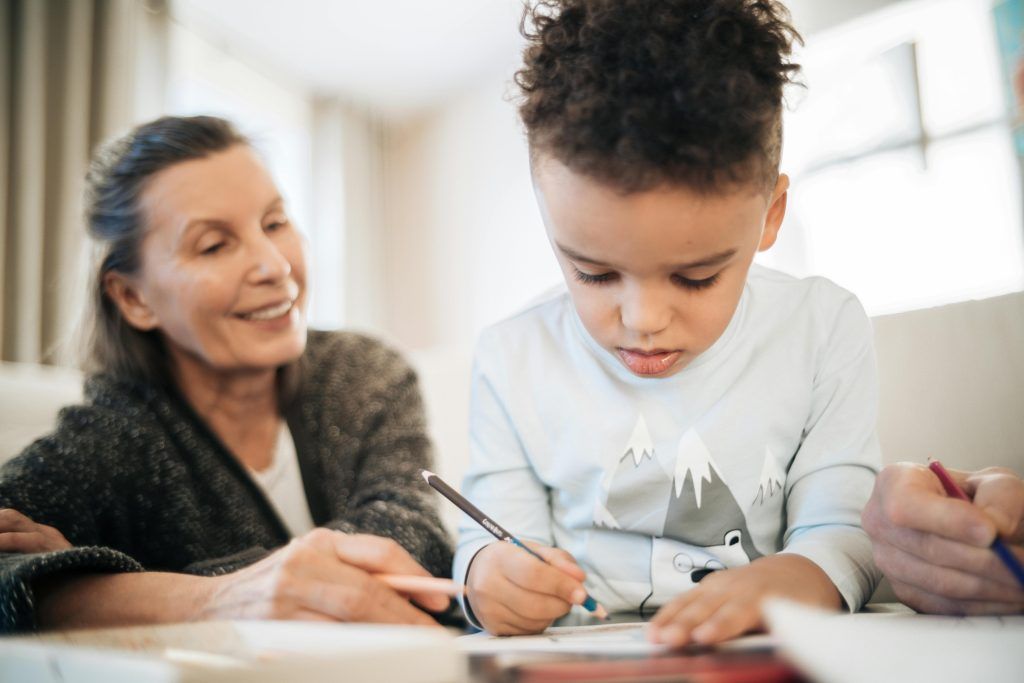
How to teach letters with alphabet books
- Pick a colorful book with fun associations for each letter.
- Read slowly and clearly, pointing to each letter as you say it.
- Encourage your child to repeat the letters and sounds. They can even touch or trace them on the page.
#9 How to teach letter recognition virtually?
Best for: kids who love apps
We live in a digital world, and today’s kids know how to use gadgets from a very young age. So why not make their screen time useful? There are plenty of apps for education that can help your child learn to read. For a detailed guide, check out the article 10 Best Reading Apps for Kids in 2025.
Note: At this age, the app should be bright, say the letters out loud, and include simple tasks like choosing or matching letters.
#10 How to teach letter recognition to struggling students using daily practice
Best for: everyone
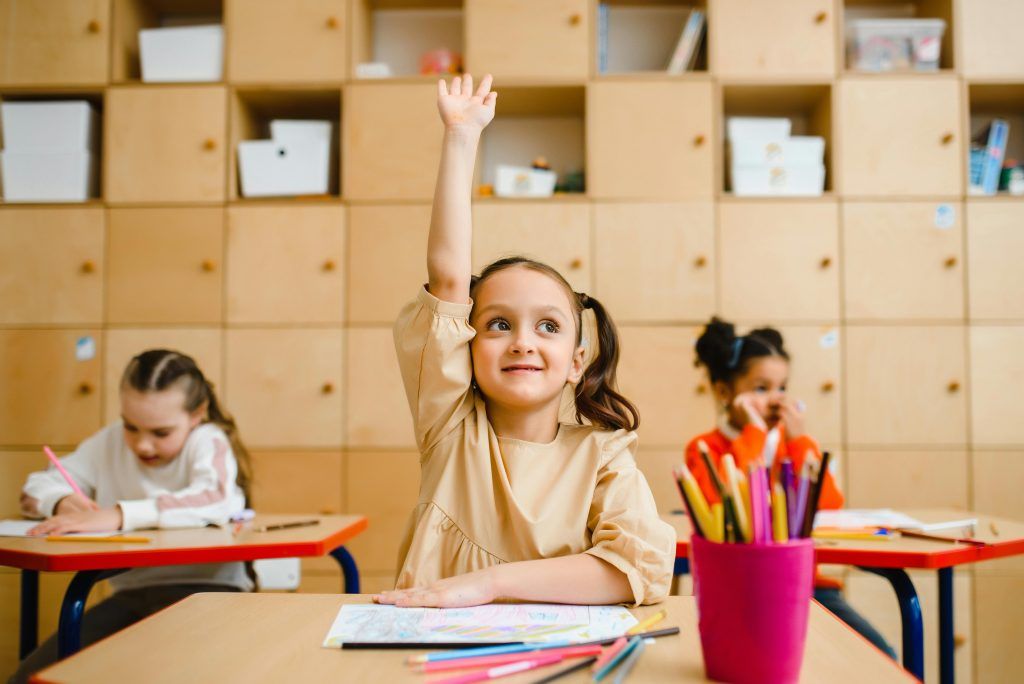
Dear parents, remember that regular practice is key! If you teach letters today and then wait a month for the next session, results will be slow. Just 10-15 minutes a day on the way to preschool, during breakfast, or before bed is enough to help your child make real progress and become a little reading star!
In what order do you teach letter recognition?
The best order to teach letters isn’t A, B, C, D… Start with the ones your child finds interesting, like the letters in their own name, or in the names of mom, dad, a sibling, or even a pet.
Later, add letters that are easy to recognize by sound or shape, such as “O,” “M,” or “S.”
Then move on to similar-looking letters (like b/d or p/q).
Remember, it’s a gradual process, not something to master in a day or a week. Once your child feels comfortable with a few letters, you can explore the full alphabet using songs, games, and other fun ways to teach letter recognition.
What is the fastest way to teach letter recognition?
The fastest way to teach letter recognition is to keep it fun. Kids will remember letters much faster when you play with them, sing songs, touch, and draw them. Just a few minutes a day, some games, maybe a tutor, or cute worksheets. That’s more than enough.
Conclusion: How to teach child letter recognition
As you can see, developing letter awareness is a big step – it’s where real reading begins. But it should never feel stressful for your child. Keep it light and full of happy moments. Try creative letter writing, learn letters through family names, or dance to alphabet songs.
And remember, every method works best when you’re part of it too! Get involved, or let professionals lend a hand. Brighterly is here to help you and your little learner every step of the way.
- Their teachers know exactly how to make reading click, even when it feels tricky.
- Each program, lesson, and schedule is made just for your child.
- Every lesson is full of fun surprises and discoveries. You’ll see your child grow with every class.
You can even Book free reading lesson and see if Brighterly feels like the perfect match for your child.

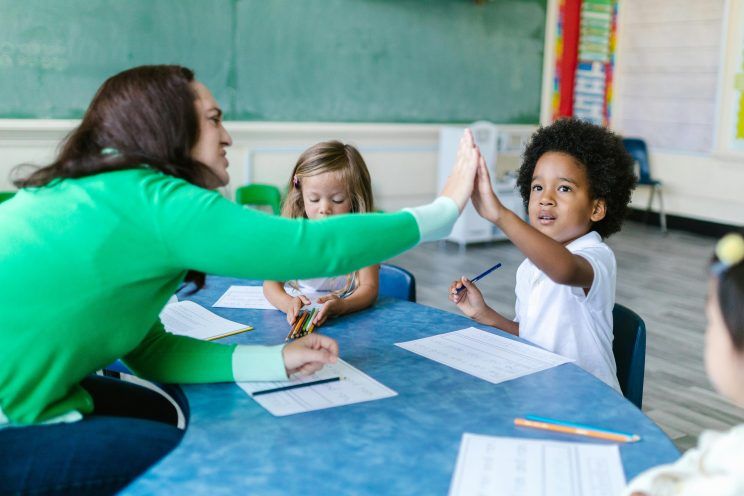
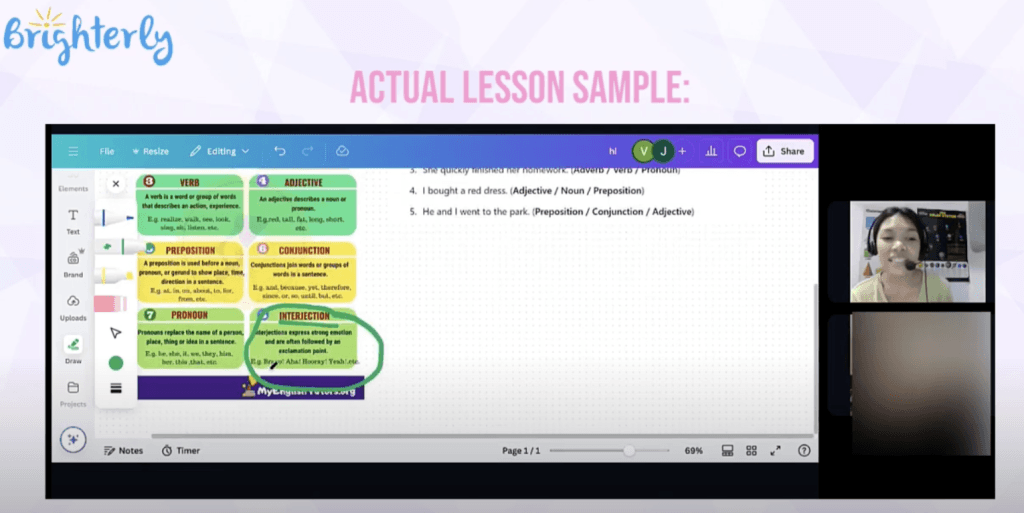



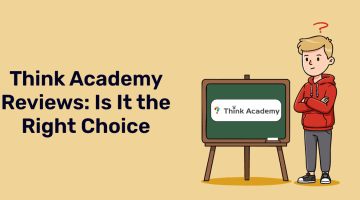






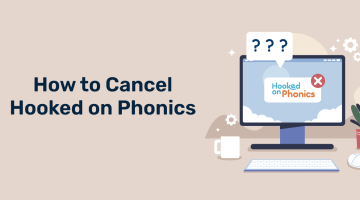
![10 Best LMS Platforms for Online Education [2025]](https://brighterly-stage.xyz/wp-content/uploads/2025/08/Best-LMS-Platforms-360x200.png)

